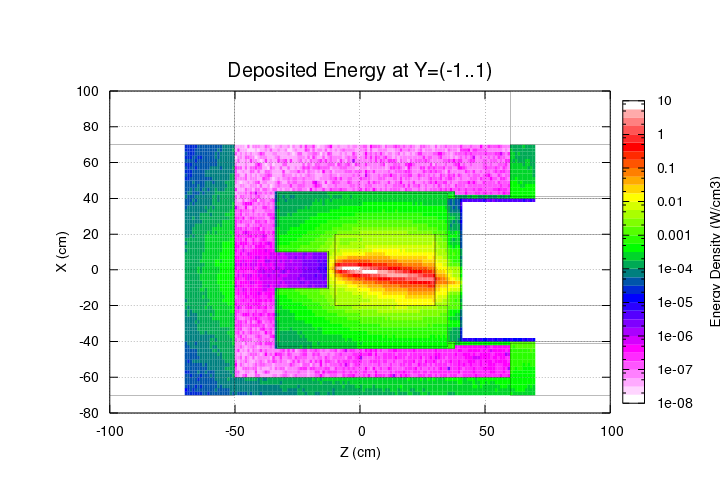

The first one is gnuplot's central site, of course, at Gnuplot central.
#Gnuplot output how to
There are several places where you can find valuable information on gnuplot, and on how to use it. If you would leave feedback, please, do that on my blog! At least, for the time being. I would also like to ask for your feedback, let it be criticism, wishes, or just pointing out typos. Perhaps, this is my turn now, and I would like to think that everyone will find something useful in these pages. I have been using it for some time now, without paying anything for it. There is a "saying", by which linux is not free, you pay for it by helping others. I have not tried previous versions, so if you want to use these scripts, you might be on your own. Everything included here should work in gnuplot 4.2. In some cases, the implementation of a script is cleaner, or at least, more readable in gnuplot, than in (g)awk. For portability's sake, I will give a gnuplot equivalent of the scripts mentioned above. I would also like to point out that most of these scripts can be implemented entirely in gnuplot. In this regard, I would really appreciate the comments and insights of a Windows-savvier person. As I understand, it is not going to work under Windows, but the gawk scripts should still be workable with one extra step. I am a Linux fan, and this is why in some of the gnuplot scripts, the actual data processing is done via a pipe. However, I had to sacrifice some generality in the sake of readability, i.e., it might be necessary at times to modify the script. I have tried to make the scripts quite general, and it should be easy to change them in a way that suits your needs. These usually rely on an external script that I implemented in gawk. Finally, I will discuss the more advanced tricks, e.g., how we can produce a 3D pie chart, or a bargraph. The second section contains those tricks that are a bit more complicated, but still do not require any "outside" job. The first one contains the trivial tricks, those that one can easily find in the manual, and yet, change the figure tremendously. This document is divided into three sections. As a bonus for the hard work, we will have ultimate control over every aspect of the plot. We will see that the "impossible" types of plots can also be produced, in fact, they can be produced rather easily, once we know what we want and need to do. We will see that with a couple of easy modifications, graph can be turned into something unique. In these pages, I would like to show that all the above-mentioned problems can be abridged. This latter one was a graph that I very badly wanted, but did not find.īut we can change all this, and this is what I would like to set out to do. Have you ever found pie charts made by gnuplot? Perhaps a 3D pie chart? A 3D exploded pie chart? Or 3D bar graphs? Probably not too many. And second, some plot types cannot be generated at all. First, due to the initial difficulty of setting up a figure properly, most figures generated by gnuplot look the same, and follow the same simple scheme. However, there are obvious problem with this whole concept. So, the tremendous convenience of scriptability should not be underestimated. I mean, all figures with a single key-stroke. At one point, I had to produce literally hundreds of figures per day, and I could do it with one key-stroke. But these can be automated, so to speak, and usually, the lookout of a figure must be set up only once, and those settings can be re-used many times. given, and it takes some time to set all these. It is trivial to plot sin(x), but then the graph must be "dressed" up, proper limits, labels, ticmarks, colour etc. What I mean by this is that many people rejoice in this fact, and they do not make the effort to turn the figure into something appealing.

I liked the idea that one needn't see the data file in order to plot it, and that functions can very easily be plotted. I have been using gnuplot for some 10 years by now, and during this time, I have become quite fond of it.


 0 kommentar(er)
0 kommentar(er)
